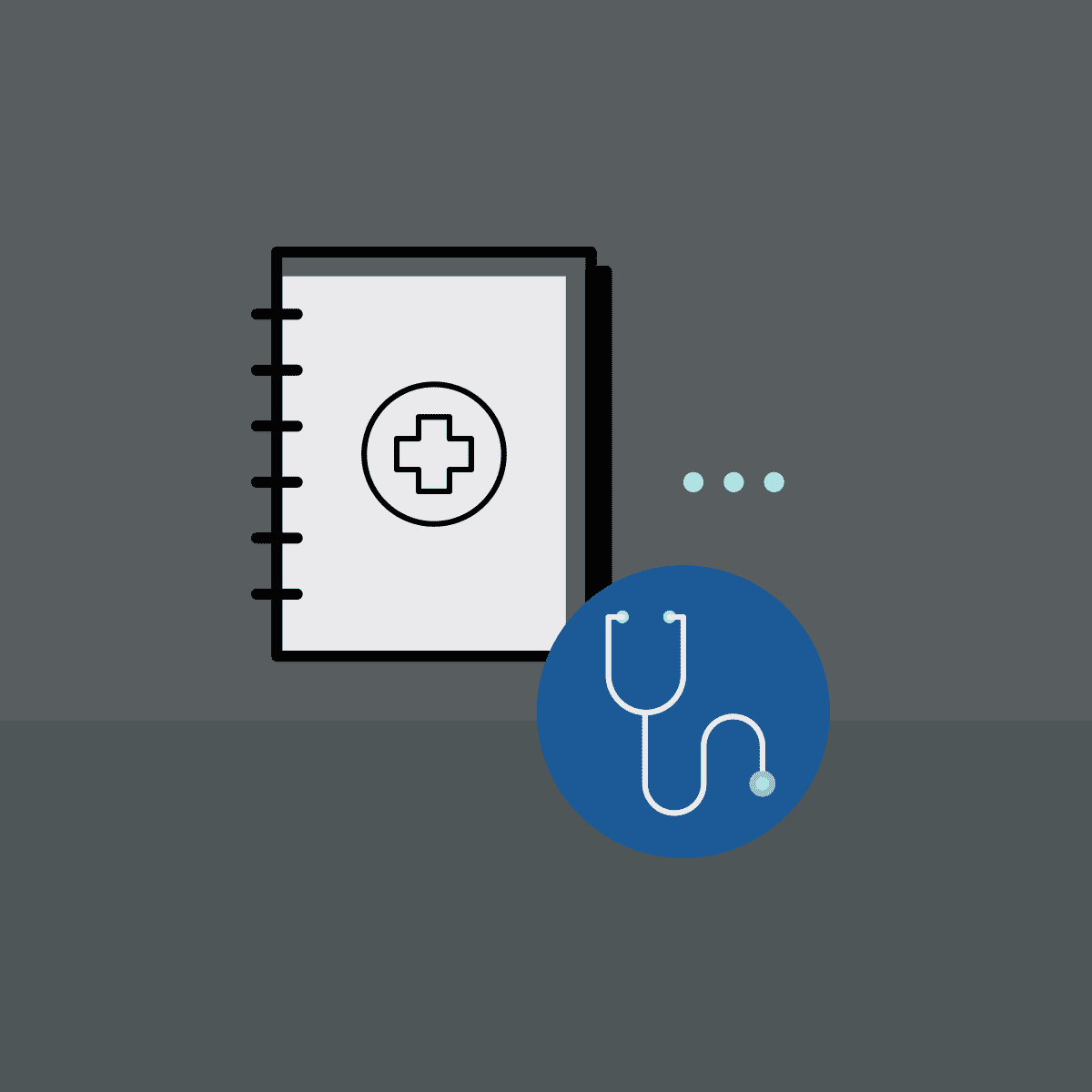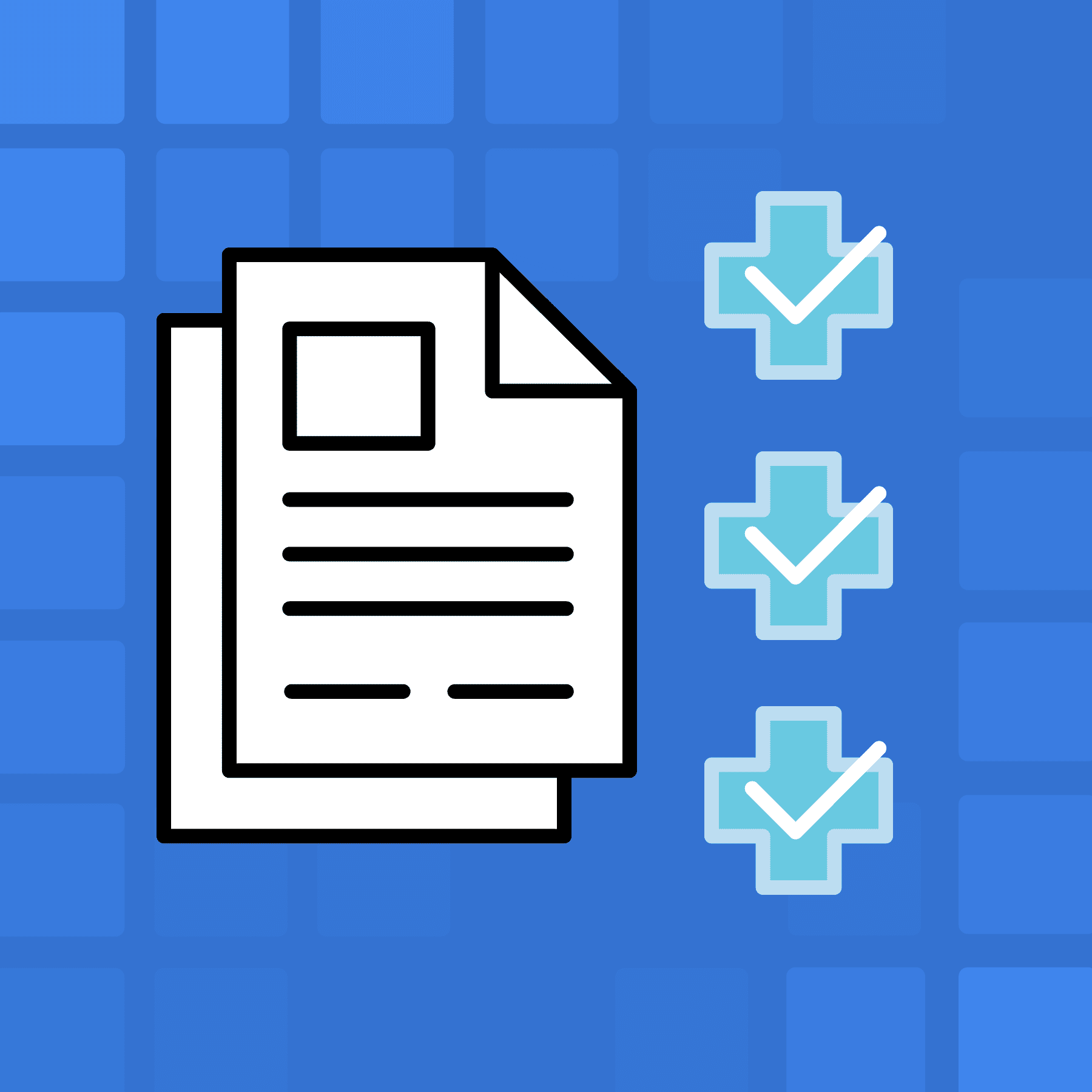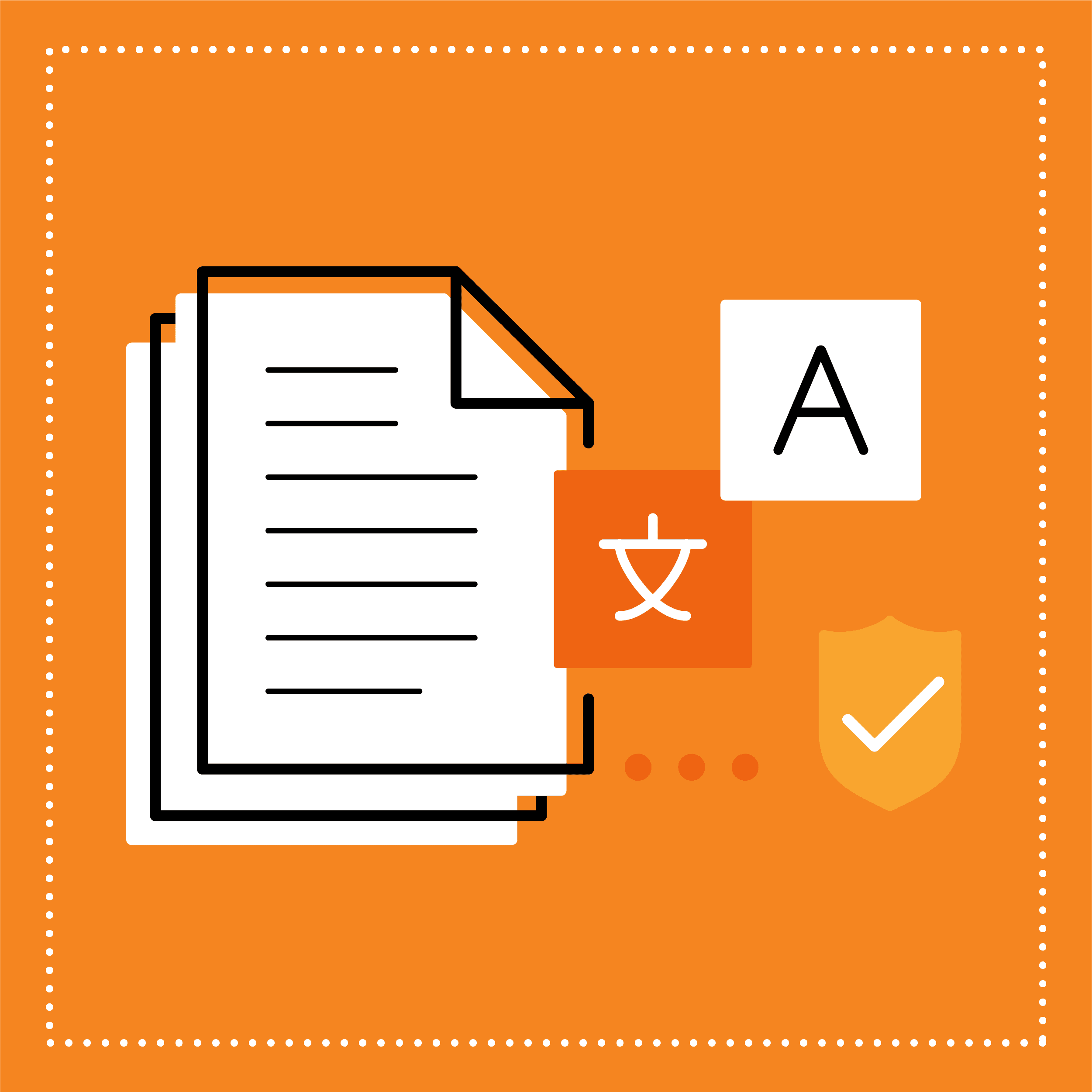This guest blog post was written by Louis Lento a senior technical writer at Philips in Carlsbad, California, where the company develops respiratory solutions for hospitals, primarily ventilators and accessories in an FDA-regulated environment. Louis started learning MadCap Flare in 2015 when he began working at Philips, and has become the resident Flare and Central expert for their Technical Publications team since then.
The term “medical writing” is broad, as several different types of writing could fit under that umbrella. Some medical writing is done by technical writers, and others by healthcare professionals. New Drug Applications (NDA's), proposals, statistical reports, and protocols are typically written by "medical writers" who have life science degrees. The same goes for formula batch tickets (i.e., pharmaceutical recipes used to make drugs in giant factory vats).
Medical device writing, specifically, is typically the province of technical writers. Even within medical device writing, though, there are medical devices for the home, for the hospital, for the field of combat, etc. There are also different classes of medical devices (Classes I, II, and II), ranging from low-risk, such as hospital beds, to higher-risk invasive devices like ventilators, all needing different handling for sufficient patient safety.
This blog post discusses some of the key characteristics and medical documentation guidelines that are specific to medical devices.
A Heavily Regulated Industry
Medical devices are heavily regulated, so what sets their documentation standards apart from other forms of technical writing is the need to comply with multiple regulations. Therefore, substantial research goes into those best documentation practices for medical devices before the writing even begins.
To manage these complex and frequently updated documents effectively, integrating a healthcare learning content management system can streamline processes and ensure compliance across all materials. This system supports the dynamic nature of regulatory requirements, helping teams keep pace with changes without compromising on quality.
It’s somewhat easier if you’re dealing with an update to a manual, but even then, you need to ensure that certain standards and regulations haven’t changed since the last revision of the manual. It’s kind of like making sure you’re up on the latest tax laws before doing your yearly tax return!
Patient Safety Information is at the Top of the List
For better or worse, labeling is often used for mitigating risks to the patient. This is not ideal, as the actual device should do that, first and foremost. Nevertheless, if a device fails, the medical documentation can at least instruct the user on how to handle the failure.
With patient safety being top of mind for medical device developers, warnings and cautions become an important implement in the tool chest of documentation requirements. Typically peppered throughout medical device documentation, warnings alert the user to possible injury, death, or other serious adverse consequences associated with the use or misuse of the device. Cautions alert the patient or health care provider to the possibility of a problem associated with the use or misuse of the device, such as malfunctions, device failure, damage to the device, or damage to other property.
But warnings cannot simply be added because the writer thinks it’s a good idea or because an SME tells the writer to add them. Warnings in user documentation should be derived from a risk assessment developed by a multi-disciplinary team. The warnings then “trickle-down” from the risk documents to end-user documentation, such as a user manual. Sometimes warnings and cautions are repeated in different sections of a manual, so once the wording is nailed down, MadCap Flare snippets come in handy to ensure that these admonitions are consistently stated throughout.
When it comes to writing a warning, there are guidelines provided by the FDA and other regulatory bodies. A well-written warning contains three parts: the action required, the reason for that action, and the consequences of not taking the action.
Will Your Technical Manual Survive an Audit?
In addition to safety information, medical device documentation requirements include the same types of content you expect in the technical manual for any device. This includes setup, operation, cleaning and maintenance, alarm and error-message troubleshooting, device specifications, and so on. But just as in that footnoted research paper you wrote in college, each factoid in the medical device technical manual requires substantiation.
An FDA auditor, for example, may ask to see the test results that support the cleaning agents listed in the manual. And, although you personally tested the device’s operating instructions, they may require quality assurance by 15 clinicians with all levels of experience to ensure that those instructions are optimal for all. As you draft your technical manual, you should continually ask yourself whether what you write will hold up in an audit.
Printed Hardcopy Still Needed in the Electronic Age
Think printed output. Believe it or not, printed hardcopy is still alive and well in medical device documentation, with online documentation being an optional adjunct. Many countries, notably in Europe, require that printed manuals be delivered along with the devices. The ability to download proper documentation from the Internet may be restricted in some clinical settings, making that hefty spiral-bound tome the go-to source of truth.
Best Practices for Documenting Medical Devices
Certain best practices, which are important for effective technical documentation in general, can be especially helpful when creating those medical documentation guidelines. It goes without saying that end-user documentation should not be written by engineers and that document development should parallel engineering development – the manuals should not be an afterthought or a necessary inconvenience for getting the product to market. In the medical device world, in particular, a clinician or healthcare professional is often expected to read the manual and be trained on the device’s operation before being allowed to use the device on a patient. Proper training is crucial for the safe operation of medical devices. Utilizing product training software can help ensure that all users are adequately prepared to use new technologies effectively and safely.
Illustrations, photos, and screenshots are always helpful in medical device documentation, as “a picture tells a thousand words.” Controls, indicators, icons, and user interface elements should be explained with callout graphics that point to those elements. For professional-looking graphics, it’s best to use a graphic artist, rather than relying on a technical writer who maybe just be an expert with medical documentation software but with limited graphics expertise.
Clear, direct, and concise documentation is not only integral to user understanding but also facilitates the translation and localization processes later. And, of course, the active voice and the personal pronoun (“you”) are preferred over passive voice and impersonal addresses like “the user.” Some companies go as far as to dictate that certain documentation be written in Simplified Technical English (STE), an international standard for a controlled language that helps second-language speakers of English to understand technical information written in English. In general, consistency in wording, sentence construction, layout, format, and the use of graphics, tables, and flowcharts is important for providing cohesion and preventing confusion. To support these documentation standards effectively, employing product documentation software is essential. This software enables teams to maintain consistency in format and detail across all documents, ensuring that each manual is not only compliant with industry regulations but also accessible and understandable to all users, thereby enhancing overall communication and safety.
Easy navigation via a robust index, table of contents, and cross-references can help to ensure the safe and effective use of the device. However, an overabundance of cross-references that make the user jump around the manual too often should be avoided.
User interface commands should be indicated in bold text so it’s obvious what should be clicked, tapped, or touched. As with all technical documentation, tabularizing information helps make it more accessible. Alarms and error messages presented in tables should be listed alphabetically, as that is how the user is likely to look them up when they are encountered during operation or treatment.
Terminology is critical in most medical device documentation. Acrolinx is an excellent tool not only for checking spelling and grammar, but even more importantly, to check against an approved term-base of preferred, accepted, and deprecated terms. Also, abbreviations and acronyms should be defined in the glossary and/or upon the first occurrence in the document.
Valuable sources of feedback for improving medical device documentation include customer complaints gathered into a database. Usability and human factors studies, early in development, can also be a great source of input to ensure that users can understand how to use the device safely and properly.
Conclusion
As you can see, medical device writing is not only its own breed within technical writing but is also a specific type of medical writing. It can be a good fit for perfectionist technical writers since a fussy, detail-oriented personality is highly appreciated in this position, which emphasizes adherence to strict requirements. New products are launched much less often than in other industries due to the lengthy, sometimes multi-year development process required to comply with documentation standards and regulations. Therefore, the meticulous technical writer may enjoy the slower pace.
However, dealing with red tape and jumping through administrative hoops can also feel overwhelming and tedious, so the technical writer of medical devices must have a never-ending well of patience. There are standard operating procedures and a myriad of processes that must be followed, often requiring familiarity with DITA technical writing to ensure precision and clarity. Product quality is emphasized over speed to market and cost of development, as it could be your loved one attached to the medical device. And just as important, the supporting technical documentation must ensure that the device is used as intended for proper patient care.










